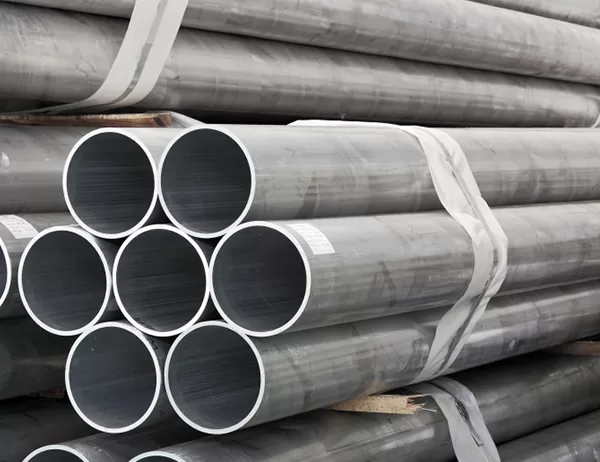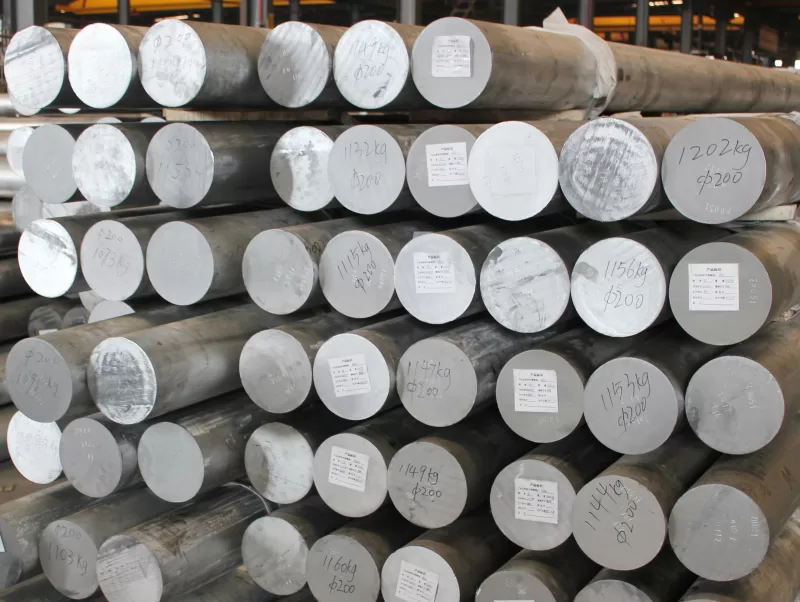Welding Techniques for 8mm Aluminium Sheets: A Guide to Precision Joining
Welding Techniques for 8mm Aluminium Sheets are a crucial aspect in various industrial applications, ranging from aerospace manufacturing to shipbuilding. These techniques demand meticulous execution to ensure the structural integrity and durability of the welded joints. This article provides a comprehensive guide to the welding techniques for 8mm aluminium sheets, encompassing their advantages, challenges, and best practices.
Gas Tungsten Arc Welding (GTAW):
Gas Tungsten Arc Welding (GTAW), also known as TIG welding, is renowned for its precision and ability to produce high-quality welds on thin aluminium sheets. It utilizes a non-consumable tungsten electrode and a shielding gas, typically argon or helium, to establish the welding arc. GTAW allows for precise control of the weld puddle, minimizing distortion and ensuring excellent weld penetration.
Gas Metal Arc Welding (GMAW):
Gas Metal Arc Welding (GMAW), commonly referred to as MIG welding, is a widely adopted technique for welding 8mm aluminium sheets due to its efficiency and versatility. GMAW uses a continuously fed consumable wire electrode and a shielding gas, enabling high deposition rates and reduced welding time. The process is suitable for a range of aluminium alloys and can be automated for increased productivity.
Pulsed Gas Metal Arc Welding (GMAW-P):
Pulsed Gas Metal Arc Welding (GMAW-P) is a variant of GMAW that utilizes a pulsed current to control the heat input and arc stability. This technique offers superior control over the weld pool and reduces spatter, resulting in higher quality welds. GMAW-P is particularly advantageous for welding thin aluminium sheets, minimizing distortion and improving joint strength.
Laser Welding
Laser Welding employs a high-power laser beam to melt and fuse the aluminium sheets, resulting in narrow, precise welds with minimal heat-affected zones. This contactless process offers high-speed welding with excellent penetration and is ideal for applications requiring complex joint geometries and ultra-fine welds. Laser welding is a highly specialized technique that demands sophisticated equipment and skilled operators.
Shielding Gases
Selecting the appropriate shielding gases is crucial for successful welding of 8mm aluminium sheets. Argon is commonly used as it effectively protects the weld from atmospheric contamination. Helium or argon-helium mixtures are preferred when high welding speeds or deeper penetration is required. Proper gas flow rate should be maintained to ensure adequate shielding and prevent oxidation.
Joint Preparation
Adequate joint preparation is essential for achieving strong and reliable welds. 8mm aluminium sheets require square-edged joints with minimal gaps. The joint surfaces should be cleaned and degreased to remove contaminants that may hinder weld integrity. Proper edge preparation techniques, such as edge milling or grinding, ensure a smooth joint fit-up and improve weld penetration.
Welding Parameters
Optimizing welding parameters is critical for achieving desired weld properties. Factors such as voltage, amperage, welding speed, and shielding gas flow rate must be carefully adjusted based on the specific welding technique and aluminium alloy used. Proper parameter selection ensures optimal weld quality, minimizes distortion, and enhances joint strength.
Inspection and Quality Control
Rigorous inspection and quality control are indispensable for ensuring the reliability of welded joints in 8mm aluminium sheets. Visual inspection, ultrasonic testing, and radiographic inspection are commonly employed to assess weld integrity, identify defects, and ensure compliance with applicable standards. Implementing stringent quality control procedures guarantees the safety and performance of welded structures.




